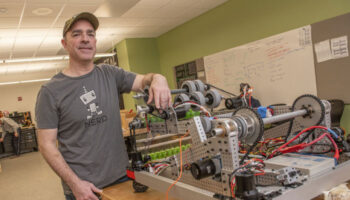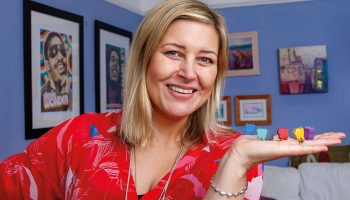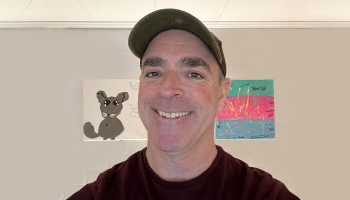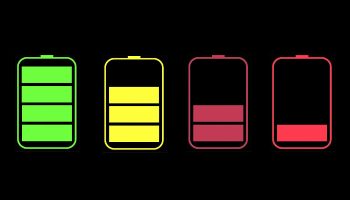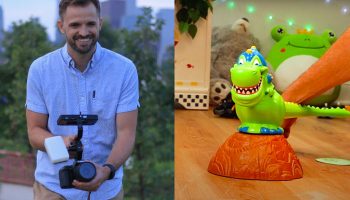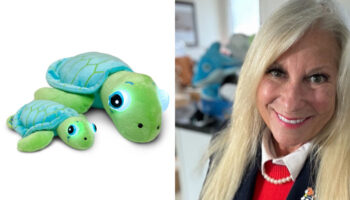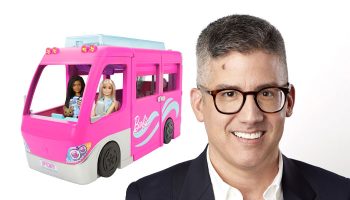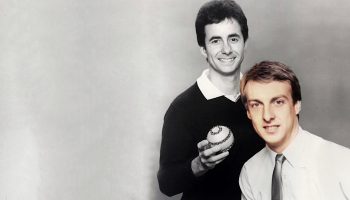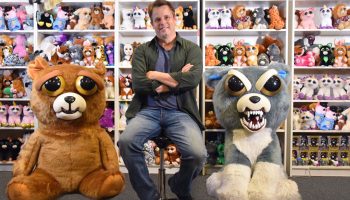Find the gap
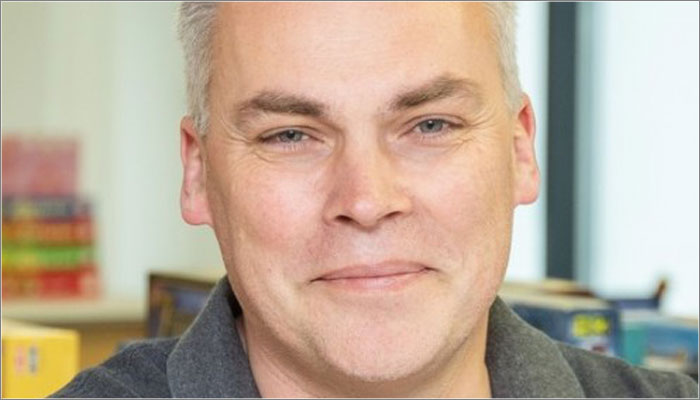
When you buy a product – specifically a complex product, like a car or hi-end gadget – you are interested in all the features and benefits. You start to explore them, fiddle with them and hopefully admire them.
As an industrial designer, it’s what I trained to do; to create products which were both visually and technically exciting, useful and ones that you wanted to own. When I started to design toys, games and puzzles around 25 years ago, I applied the same principles. But I realised I was doing it all wrong.
I soon understood that the most important thing in a toy or game is not so much the bits in the box or the plastic thing-a-me -jig, but the experience. It’s not that I didn’t understand experiences, but up to that point, it was the product doing all the heavy lifting. With many toys – and to larger extent, games – the experience is what the players bring to that moment. As a designer, I realised that some of the most important parts were actually the gaps; the white space that invites players in for them to fill those voids with their own stories, humour, action etc.
It’s a subtle process; it’s not like a script where we leave a gap stating ‘player improvises here’. Toy play-sets should offer opportunities for kids to discover stories for themselves and games should create worlds that players are invited to populate. But within all that, you can’t leave it all to chance.
Finding the gaps is often a process of addition and subtraction and often comes through playtesting. Will those breadcrumbs you built in work? Will they simple scatter, with players frustrated as to why they are not having fun? Will children quickly get bored with their new toy as there is nothing new for them to discover or imagine?
I have just finished The Imagineering Story series on Disney Plus and it was a joyful experience. If you’ve ever been to a Disney park, you will bring your own stories to the show as they reveal the backstage magic and planning. But what really comes across is where they leave the gaps for park visitors to discover and make their own. How they prototype and test, test, test their ideas to fine-tune the experience.
It really resonated with me and hence why I thought I’d pen this article. For those of us lucky enough to work in the toy business, we can all in some small way be an Imagineer. A mixture of art, science, design and magic.
The best approach I would take is to try and think of your toy or game as a reveal. It’s needs layers, it needs gaps that lead from one to the next. The next time I visit a Disney park (which I hope is not far in the future), I will certainly look again to see if I can see the gaps woven into their experiences, waiting for me to step into.
Richard Heayes is the founder of PlayLenz and Heayes Design. He can be contacted at [email protected]
—-
To stay in the loop with the latest news, interviews and features from the world of toy and game design, sign up to our weekly newsletter here





